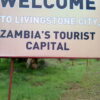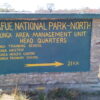

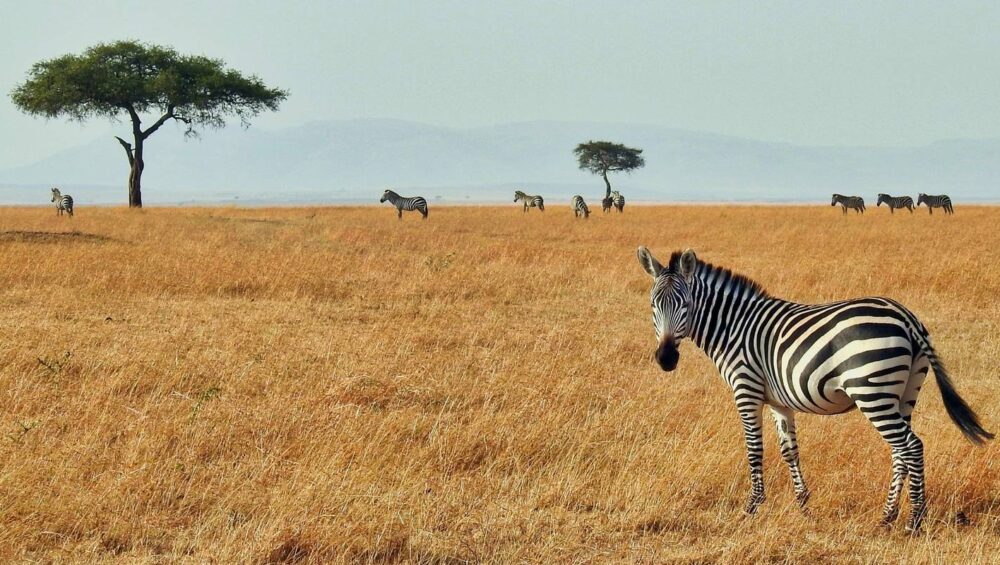
Welcome to Zambia
Welcome to Zambia

WELCOME TO ZAMBIA
Zambia is commonly referred to as the “smiling” country of Africa. This is because Zambians are incredibly friendly and welcoming to visitors! The name “Zambia” was derived from the river Zambezi which is one of Zambia’s main rivers. The country’s landscape is one of the most captivating and it brings in a lot of tourists from all over the world.
With vast tracts of remote wilderness and few tourists, a visit to Zambia offers genuine adventure. High quality guides will share their knowledge with you on game drives, night drives, walking and canoe safaris. A canoe safari on the Zambezi is not to be missed by the more adventurous. Walking safaris were pioneered in Zambia; so you’re in the hands of the very best and most experienced walking guides – and there’s no better feeling than coming within metres of big game on foot. Zambia really does offer a taste of the real Africa!

Why you should visit Kafue National Park
Why You Should Visit Kafue National Park

Here is why you should safari in Kafue National Park
1. Pristine wilderness
The Kafue National Park is underrated by so many, but now, tourists are starting to see what the fuss is all about and justifiably so. Kafue is vast, covering 22,400 km² making it one of the largest parks in Africa; but unlike many tourist destinations, Kafue is still largely untouched, it is a pristine wilderness with stunning landscapes, game viewing, and a diversity of bird species.

For all of those who work in Kafue National Park, there is a true passion about where they are and what they are trying to achieve. They truly believe in what Kafue has to offer and slowly more and more people are experiencing this, so their hard work is paying off.
2. Diversity
The flora and fauna of Kafue is incredibly diverse. There is such a wide variety of game, plants, birds, trees and fish all to be found in one national park. Boasting 500 different species of bird including bee eaters, rollers, kingfishers, wattled cranes, saddle billed stalks, Pel’s fishing owl, African fin-foot, goliath heron, hornbills, vultures and eagles, with such diversity your bird list becomes quite extensive and it will be difficult to put your binoculars down!
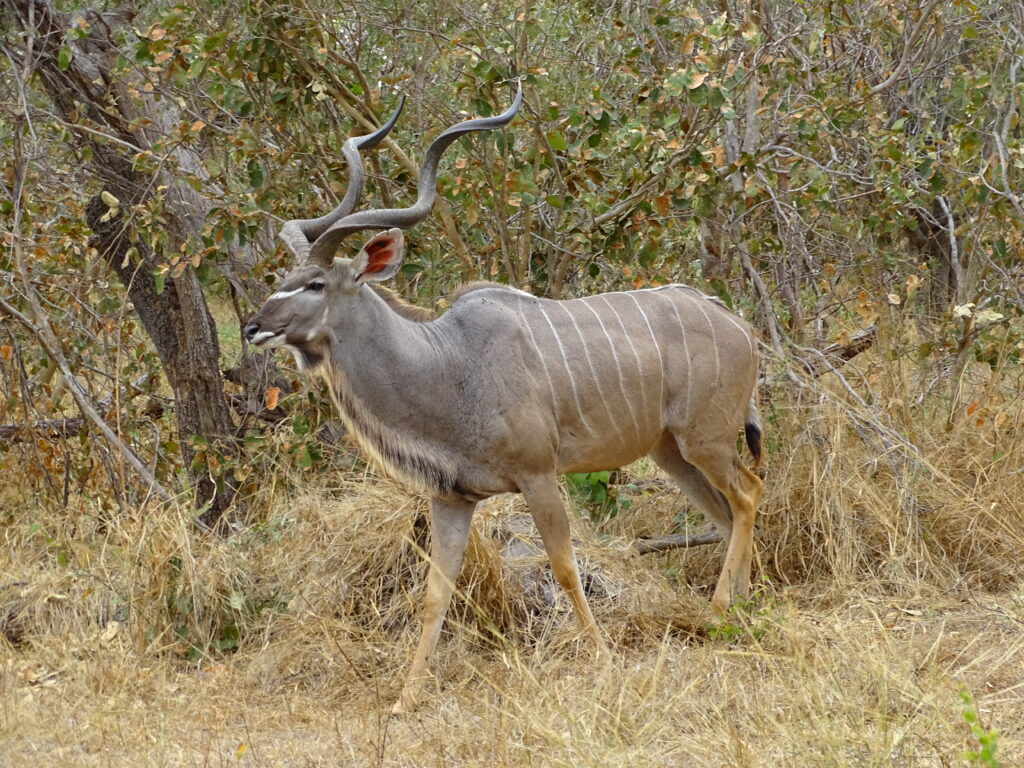
There are also 20 different species of antelope in the park ranging from puku, bushbuck and impala to sable, roan, sitatunga, blue duiker, reedbuck and oribi. With all these antelope on offer, of course there is also game such as lion, leopard, cheetah and wild dog.

The list of more elusive mammals includes genets, servals and honey badgers. The list goes on, and to top off these sightings is the fact that the landscapes are equally stunning with huge open plains at Nanzhila combined with dambos, teak and Miombo forests, and Lake Itehi Tezhi.
3. The Kafue River
The Kafue River follows a course of approximately 960 kilometres and plays a large role in Zambia’s ecosystems, supporting the wildlife of the national park, as well as being a source of water for farmers, irrigation and hydroelectric power. The river’s source is in the Congo and it is the largest and longest river lying entirely within Zambia, the Kafue is a major tributary to the Zambezi River which it joins in Chirundu at the Zambia Zimbabwe border.
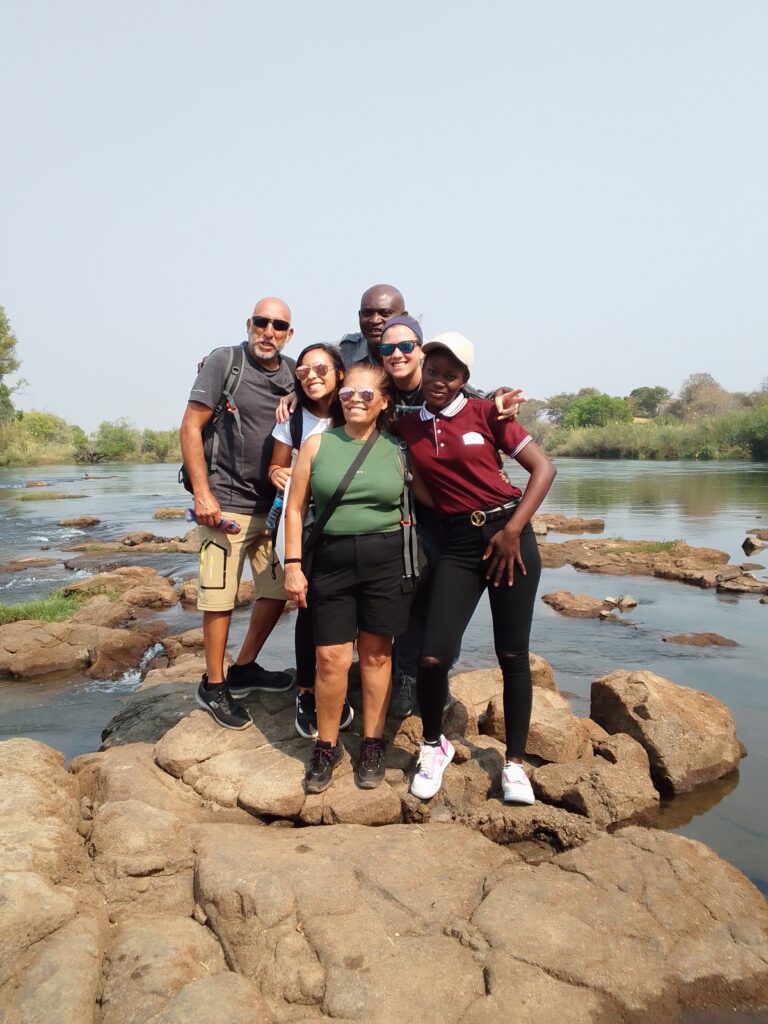
Just like the national park, the Kafue River is also very diverse with areas that are fast flowing, both mighty and gentle rapids and slower, more mild sections with sandy banks where you can find nesting bee eaters, pods of hippos, basking crocodiles as well as monitors and otters. Fish eagles call and soar overhead, whilst kingfishers and herons make the most of the abundance of fish in the water.
You can take stunning sunset cruises along the river whist relaxing and enjoying the scenery; you can canoe gently taking in the sights and sounds at your own pace whether you are a beginner or a keen angler you can go fishing for Kafue’s five species of bream, fresh water pike and barbell to name just a few.
- Exclusivity
Wherever you go in Kafue National Park, you feel as though you are the only people there. The remote nature of the lodges combined with the vastness of the park allow you to feel completely at one with nature and privileged to be enjoying such wilderness.
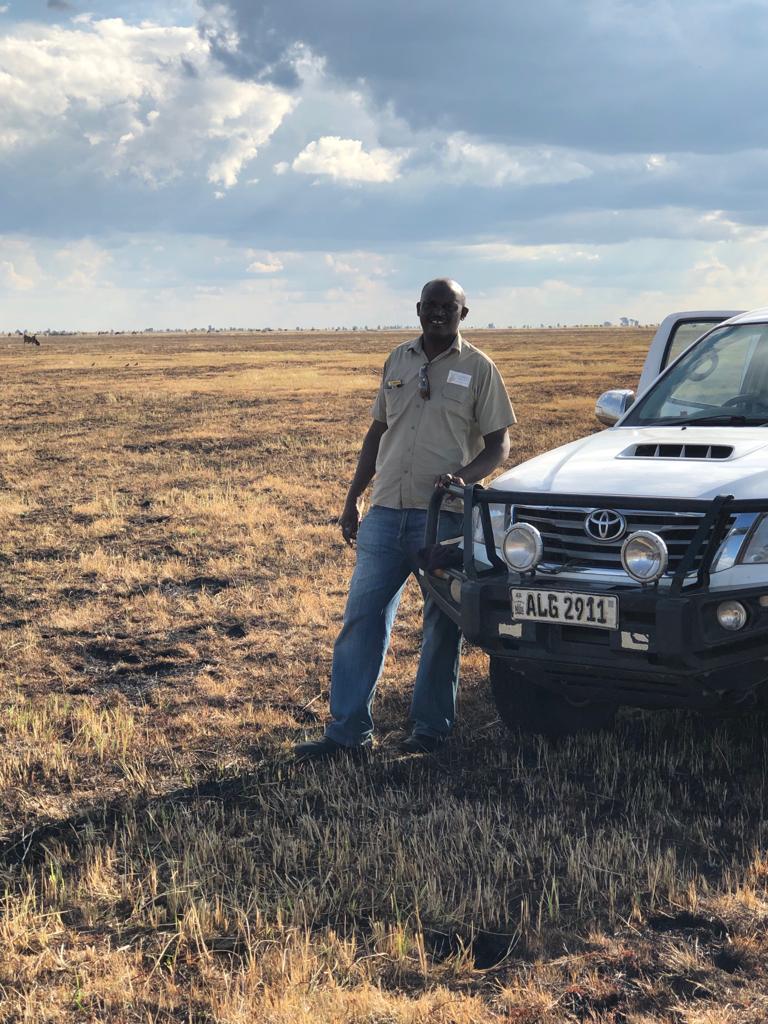
Lochinvar Safaris offer trips across Zambia, and one of our favourite places, for all of the reasons above, is Kafue. We have a great relationship with management of the park and genuine passion for what it has to offer.
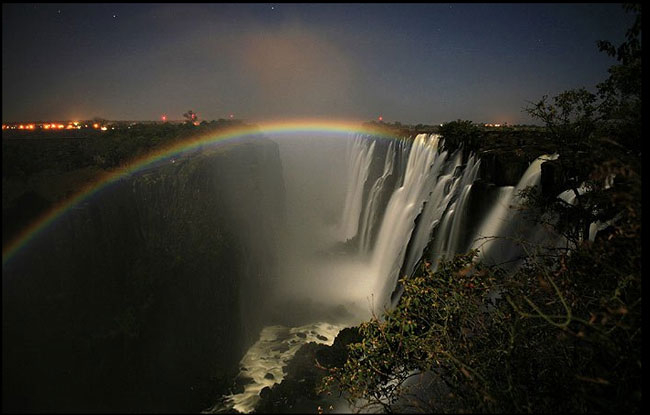
What is a Lunar Rainbow? Unique only on the Victoria Falls of Zambia
What is a Lunar Rainbow? Unique only on the Victoria Falls of Zambia

Just like its day-time equivalent, the Lunar Rainbow or ‘moonbow’ is created as light is refracted through water particles in the air, but instead of the light source being the sun it is now the moon.
Lunar rainbows are much fainter than their day-time forms with which we are all so familiar. This is because of the lower amount of light reflected from the surface of the moon. Only when the moon is full and skies clear of cloud is enough light reflected to create a moonbow, which always occur in the sky opposite from the moon in relation to the observer.
The human eye finds it difficult to discern the colours in a moonbow because the light is usually too faint from the moon to excite the human eye cone colour receptors (this is true of all night-time vision). Hence, moonbows can appear to some human eyes to be washed-out and white, without the concentrated colours of a day-time rainbow.
This varies according to the quality of the individuals night vision and the number and responsiveness of colour sensitive cones present in the retina of their eyes. So for some people it can be a bit disappointing, if your expectations of a bright rainbow are too high. Here is our advise; seeing a seventh wonder of the world, by magical moonlight is a surreal experience in itself. It is NOT just about the moonbow. The vibrant colours of a lunar rainbow do show very clearly in photographs with a long exposure. So for the avid photographer this is particularly exciting and challenging.

Birding in Zambia (Birdwatching Safaris)
Birding in Zambia (Birdwatching Safaris)
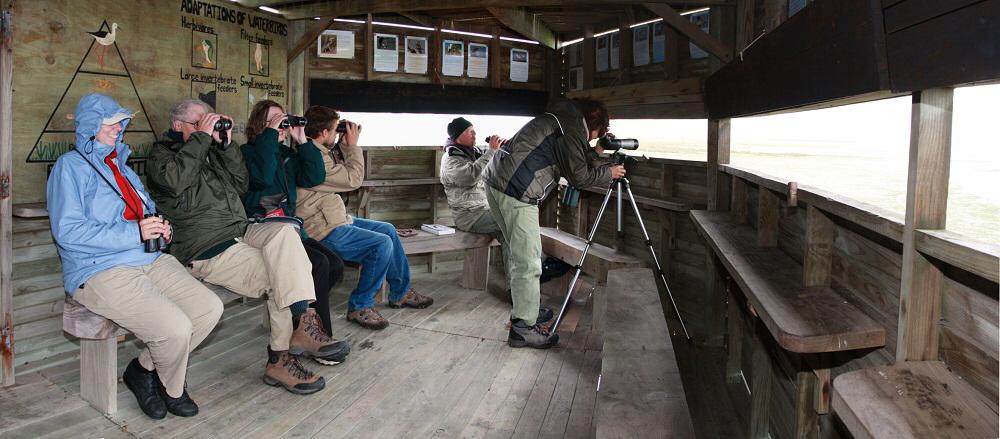
Zambia is undoubtedly gifted with a range of wildlife, about 750 types of birds through the entire country and for a few habitats; 400 species found in South Luangwa National Park alone. This is valid, because of the variety of habitats including riverine forest, lagoons, lakes, swamps and also national parks and reserves, each one providing a range of birds along with mammals.
The wetlands on Lake Bangwelu and its banks boasts a few exclusive types like the scarce shoebill, white cheeked bee eater, wattle crane, swamp fly catcher as well as the kingfisher amid other swamp common species. The riverbank forest is definitely a special home to varieties for instance the Arnot Chat and also the Racket railed roller. The Chaplin’s Barbet is in fact one type of birds endemic to Zambia.


Exciting “Kapenta” Walking Safari excursion outside Itezhi Tezhi of the Kafue National Park of Zambia
Exciting “Kapenta” Walking Safari Excursion outside Itezhi-Tezhi of the Kafue National Park of Zambia
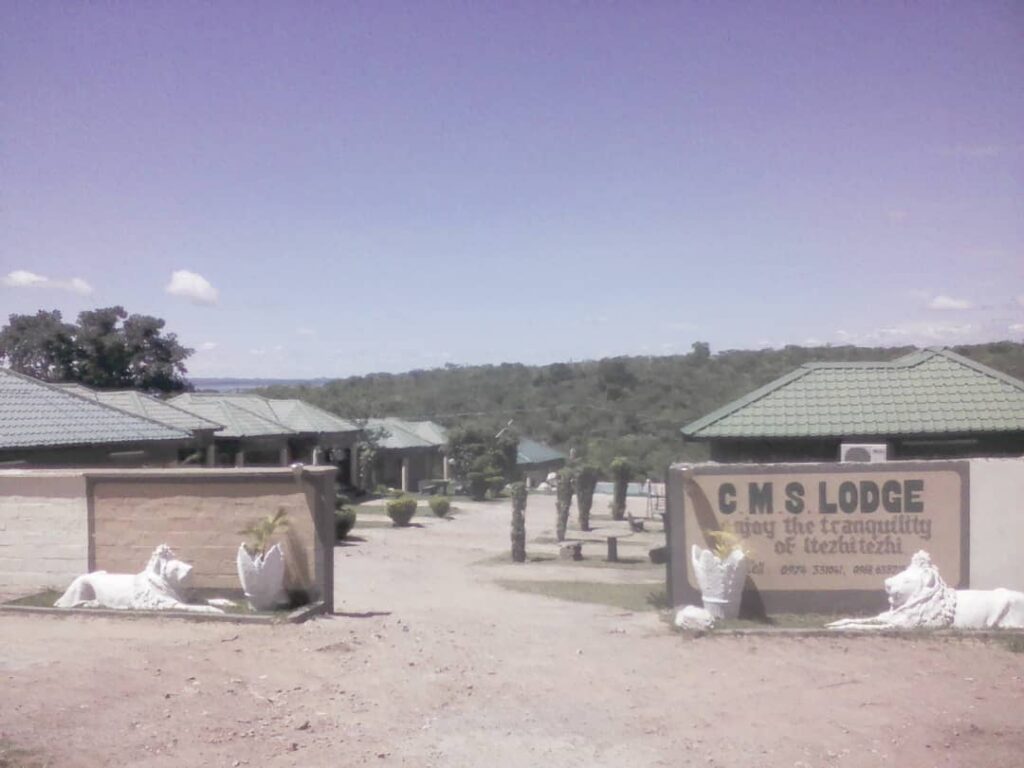
Zambia offers Africa’s best walking safari experiences. During the 2020 end of year festive season, it was both surprising and exciting to see locals come out in large numbers to Itezhi Tezhi rural town to enjoy themselves in the open veld of the Kafue National Park. One of the most popular activity that most visitors undertook was the Kapenta walking safari excursion.

On the apex of Itezhi Tezhi mountain located about 4 kms from the Kafue National Park main entrance is perched a semi-luxurious lodge known as CMS. It is a perfect place to connect with nature. It is from there that every morning participants set out on a 2 hour walking safari to the bottom of the mountain at Lake Itezhi Tezhi harbor through very narrow bushy Kapenta trail. The Kapenta trail was developed as a short cut footpath by fish traders to reach the fish harbour below.
On the cool morning of 1st January, 2021 being a special New Year celebration day, I lead our special guest couple, Alex and Joan on this exciting 2 hours walking safari. I started off by conducting the usual physical fitness check session. It was fun seeing Alex almost failing to do one of the basic “touch your toes” exercise due to his pot belly. Joan did all the exercises with relative ease due to her slim body flexibility. She mocked her husband Alex for his inability to do some of the physical fitness check exercises.
When all the fitness checks were done, we set out walking in a single file along a narrow bush footpath sandwiched between some rough rocks with me leading the team. The idea was to take the walk really slowly, with plenty of breaks and get closer to nature. We walked through the residential complex housing workers for the Itezhi Tezhi Power Corporation (ITPC). We saw the makeshift wooden tables used to dry fresh Kapenta (i.e small fish harvested from lake Itezhi Tezhi). I explained to my guests that many wives of ITPC workers are engaged in fish trading to supplement their home income. Every morning, groups of women walk down to the lake Itezhi Tezhi harbor to buy Kapenta fish, using the same path trail we were using. This is why the path is called Kapenta walking trail, named after these same small Kapenta fishes.

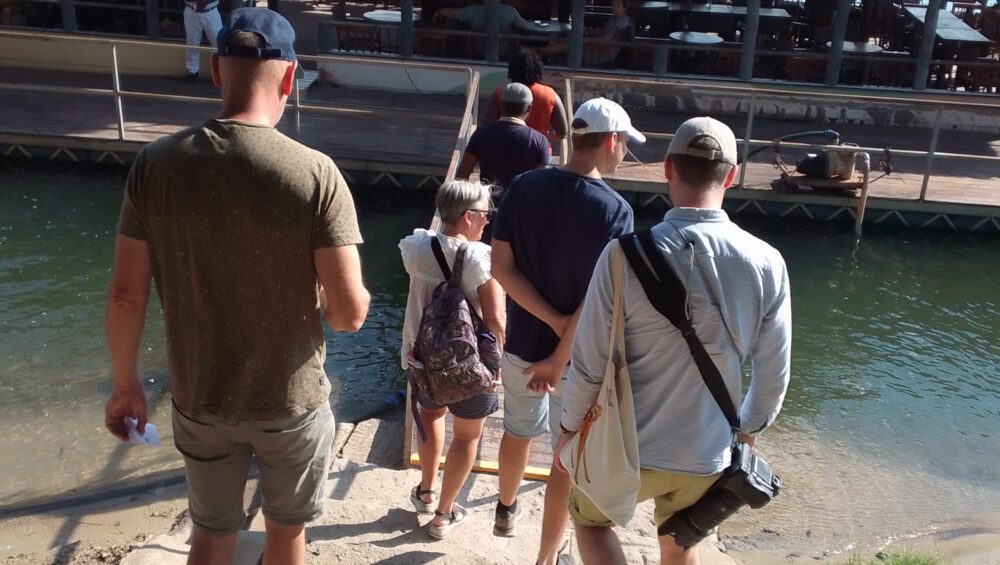
Introducing Our CEO, Mark

MCFIRSTER ‘MARK’ HAMPANDE, CEO LOCHINVAR SAFARIS
McFirster (popularly known as Mark), is a Zambian citizen who was trained in International Tourism Management by International Hotel Systems of New Zealand. He gained wide work experience spanning over 10 years in New Zealand’s top hospitality and tourism industry extending to the rest of the greater Australasia region and in Botswana.
He runs Lochinvar Safari Tours and Lodge, a safari management and tour operator company located on the peripherals of the Lochinvar National Park in Monze-west, Southern province of Zambia.
Recent Comments
-
Welcome to Zambia 27/02/2021
-
Why you should visit Kafue National Park 09/02/2021


